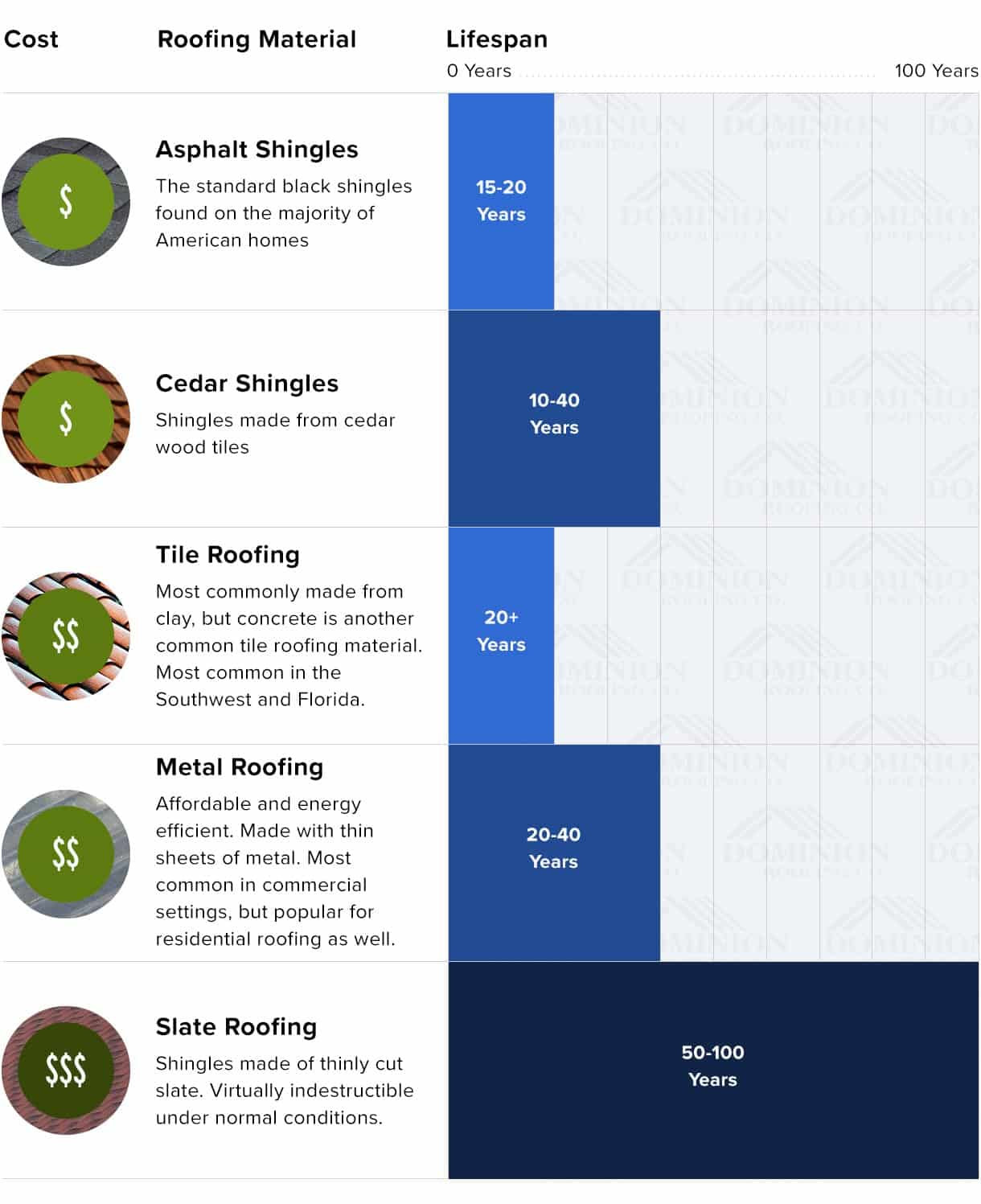The Effect Of Roofing Ventilation On The Success Of Setup Jobs
The Effect Of Roofing Ventilation On The Success Of Setup Jobs
Blog Article
Uploaded By-Gundersen Ploug
When you're dealing with a roof covering job, you could not think much concerning roof covering air flow, but it's even more crucial than you understand. Efficient ventilation aids control temperature and wetness in your attic, avoiding problems like mold and mildew and structural damages. By recognizing just how to develop and install a well balanced air flow system, you can boost energy performance and prolong the lifespan of your roofing materials. So, what are the vital aspects to consider throughout installment that can make all the distinction?
Importance of Roofing Air Flow
Roofing ventilation plays a crucial role in keeping the overall wellness of your home. By permitting fresh air to distribute with your attic room, it helps control temperature level and moisture degrees. This balance is necessary to prevent heat buildup during warm months, which can bring about raised energy prices as your a/c burns the midnight oil.
Furthermore, appropriate air flow substantially reduces the risk of moisture-related problems like mold and mildew and mold. If humidity degrees climb, your home's architectural integrity can be compromised, bring about expensive repairs. You wouldn't want to deal with decomposing timber or distorted roof covering materials, right?
Furthermore, appropriate ventilation extends the life-span of your roofing system. When warmth and dampness are kept in check, your roof covering can execute optimally, stopping early deterioration. This implies less frustrations and expenses down the line.
How Roofing System Air Flow Functions
Effective roof covering air flow depends on the all-natural activity of air to develop a balance in between consumption and exhaust. When you mount vents, you're essentially enabling fresh air to enter your attic while allowing warm, stagnant air to run away. This process helps regulate temperature level and dampness degrees, avoiding concerns like mold growth and roof covering damages.
Consumption vents, commonly located at the eaves, pull in amazing air from outdoors. At the same time, exhaust vents, located near the ridge of the roofing system, let hot air rise and departure. https://roofingplywood51628.myparisblog.com/33773784/what-is-the-preferred-frequency-for-roofing-assessments in temperature level develops an all-natural air movement, known as the stack effect. As warm air rises, it develops a vacuum that pulls in cooler air from the reduced vents.
To optimize this system, you require to ensure that the intake and exhaust vents are appropriately sized and placed. If the intake is restricted, you won't achieve the preferred ventilation.
Furthermore, insufficient exhaust can trap warm and moisture, leading to prospective damage.
Secret Installation Considerations
When installing roof ventilation, several key factors to consider can make or break your system's performance. First, you require to analyze your roofing's design. The pitch, form, and products all affect air flow and ventilation option. See to it to pick vents that suit your roofing system type and regional climate problems.
Next off, think about the placement of your vents. Ideally, see page 'll want a well balanced system with consumption and exhaust vents placed for ideal air flow. Area consumption vents short on the roof and exhaust vents near the peak to motivate a natural flow of air. This setup helps prevent wetness accumulation and promotes energy efficiency.
Do not ignore insulation. Appropriate insulation in your attic room avoids warm from leaving and maintains your home comfortable. Ensure that insulation does not obstruct your vents, as this can hinder airflow.
Finally, consider maintenance. Select air flow systems that are easy to accessibility for cleaning and inspection. Regular upkeep guarantees your system remains to work properly in time.
Final thought
Finally, roofing system air flow is important for a successful installation. By guaranteeing proper air movement, you can avoid heat build-up and moisture problems that result in costly damage. When you strategically placement intake and exhaust vents, you improve energy performance and extend the lifespan of your roofing system. Keep in mind, a well-ventilated roof covering not just shields your investment however additionally enhances your indoor air quality. So, focus on air flow to ensure a durable and cost-efficient roofing system for your home.
